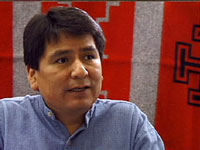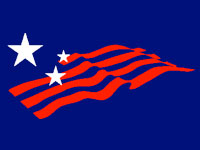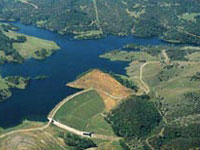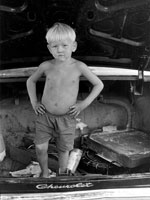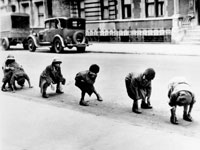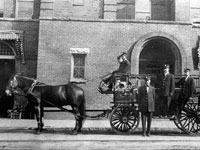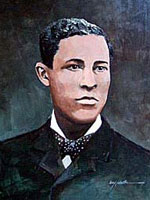AdFlip
Adflip is an archive of more than 6,000 print advertisements published from 1940 to the present. The site is privately financed and was created by two individuals who felt that "print advertising captures the essence of society at any given time." Products advertised include everything from dog food to DeSotos. The site may be searched by year, product type, and brand name. Many ads may be sent as electronic post-cards for free. For each ad, the site tells when and in what publication it appeared. A 170-word introduction describes the site. There are 17 search categories, from automotive to travel, and eight themed categories such as comic books and obsolete products.
A top ten collection changes daily and features ads that the site creators find funny. Visitors may also search a collection of ads indexed by publication. This collection includes 65 magazines and comic books, from Archie to Wired. The site does not give information about advertising agencies. This site will be useful as primary source material for research on advertising, consumer culture, and material culture, but note that the pages of this site download very slowly.
